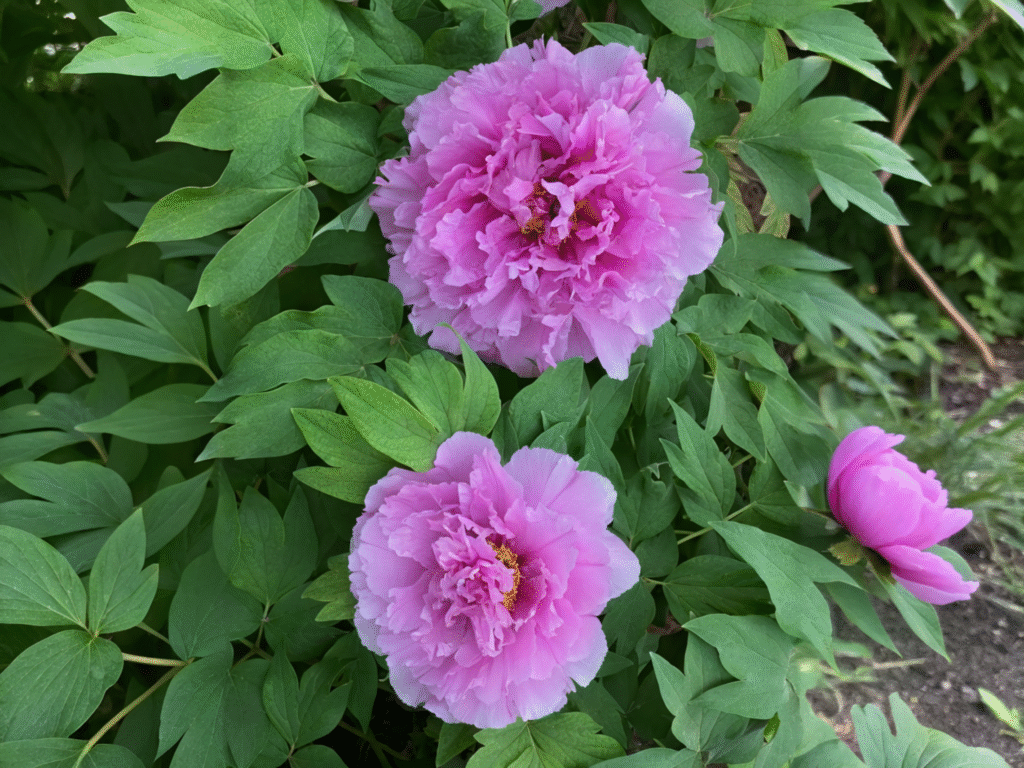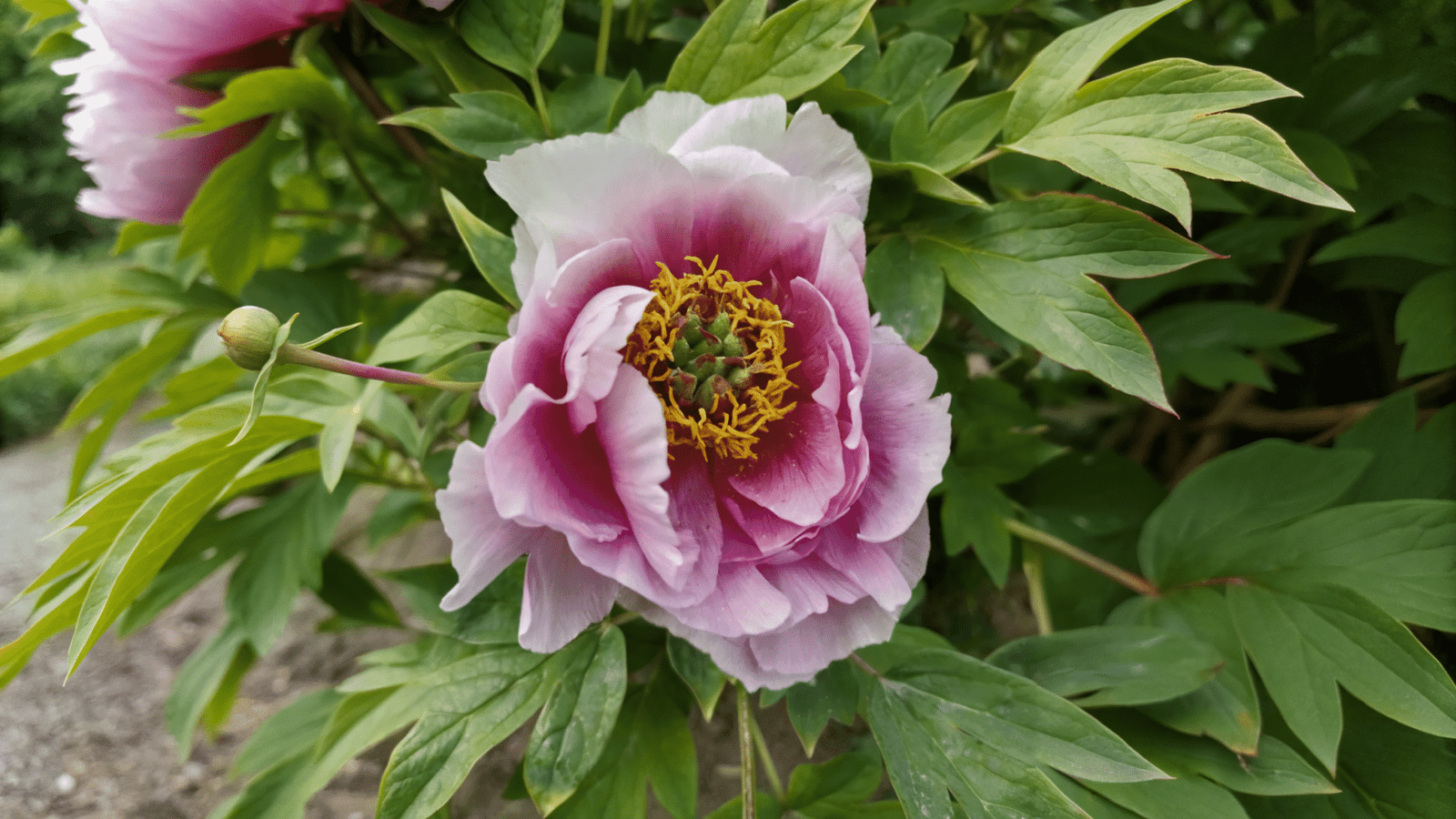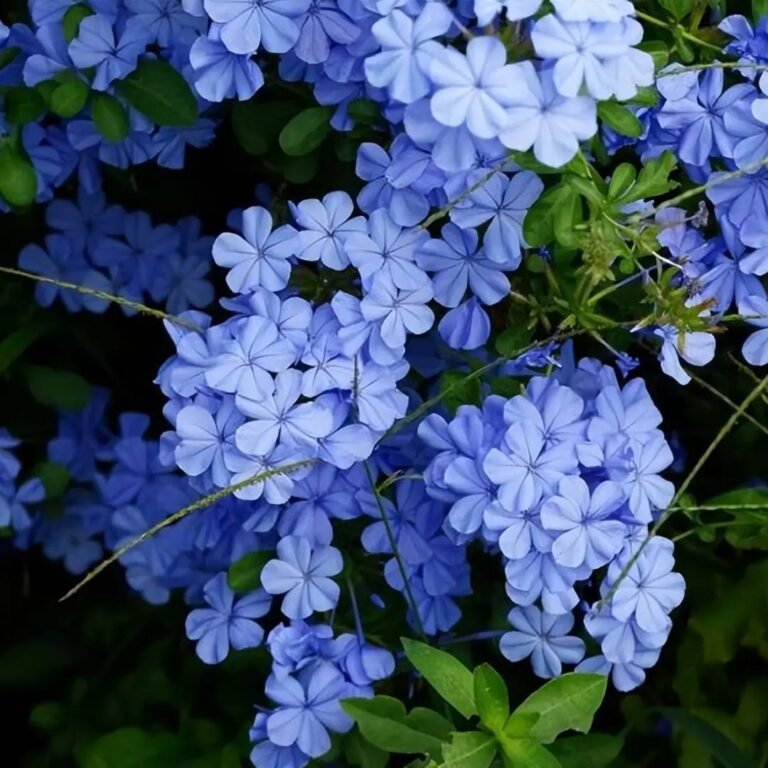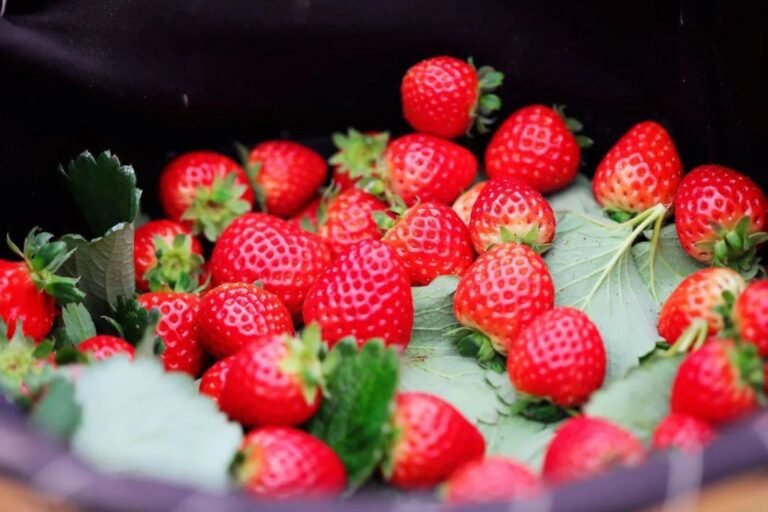🌸Peony Planting Guide for Beginners In 2025: A Comprehensive Guide for New Gardeners

Learn how to grow peonies in your backyard with this beginner-friendly guide. Covers planting tips, soil, watering, pruning, pest control, and more to help you grow healthy, blooming peonies year after year.
Want to grow a beautiful and classic flower in your garden? Peonies, with their gorgeous flowers and elegant posture, are the darlings of the gardening world. Don’t worry, even if you’re a gardening novice, you can successfully start your peony journey by following this simple and best Peony Planting Guide!
1. Understanding the “personality” of peonies: What do they like?
Peonies are actually “low-maintenance” plants, but it’s important to understand their habits:
✅ They love sunlight: At least 6 hours of direct sunlight daily, but intense summer sunlight may scorch the leaves, so partial shade is recommended.
✅ They are cold-hardy: They can survive winters in northern regions as cold as -20°C.
✅ Sensitive to heat and humidity: High temperatures and humidity can cause root rot, especially in the humid climate of southern regions, so extra care is needed.
✅ Well-developed root system but sensitive to “stagnation”: The soil must be loose and well-draining; otherwise, waterlogging can lead to root rot.
✅ Clear growth cycle:
- Spring: Flowering period
- Summer: Brief dormancy
- Autumn: Root growth
- Winter: Complete dormancy
2. How to choose soil? The key is “good aeration and drainage.”
✔ Recommended soil mixture for ground-planted peonies:
Native soil + leaf mold or coarse sand (ratio 1:1)
✔ Recommended soil mixture for potted peonies:
Leaf mold: coarse river sand: garden soil = 4:3:3
Ensure that broken tiles or clay pellets are laid at the bottom to prevent waterlogging.
✅ Soil pH: Neutral or slightly alkaline is best. You can periodically sprinkle some wood ash to adjust the pH.

3. Planting season: If you miss autumn, you’ll have to wait a year!
Best planting time: After autumn leaf fall (mid-to-late September in the north, mid-to-late October in the south)
Spring transplantation is not recommended: Peonies are “moody” in spring, easily stalling growth, and may even fail to bloom for several years!
4. Light management: Prefers sunlight but avoid sunburn
| Season | Lighting recommendations |
|---|---|
| Spring, autumn, and winter | Full sunlight (6 hours or more) |
| Summer | Avoid midday strong sunlight; shade is needed |
5. Temperature control: Cooler climates make peonies happier
- Optimal temperature during the growing season: 16–25°C
- Optimal temperature during flowering: 15–20°C
Winter dormancy:
- Northern Regions: Insulate with dry straw or soil
- Southern Regions: Reduce watering to induce dormancy and select more heat-tolerant peony varieties
6. Watering Guidelines: Remember “water thoroughly when dry, rather than keep it wet”
| Season | Watering Recommendations |
|---|---|
| Spring | Water thoroughly when the top 2 cm of soil is dry to promote flower bud development |
| Summer | Focus on water conservation; drain promptly after heavy rain to prevent waterlogging and root rot |
| Fall | Maintain alternating dry and moist conditions to promote root growth |
| Winter | Reduce watering to once a month (outdoor growers in the north may not need to water at all) |
7. Pruning Techniques: Proper pruning leads to better blooms next year
- Post-bloom pruning: After flowering, cut back to the second pair of leaves below the spent flowers to conserve nutrients.
- Autumn pruning: Remove diseased branches, thin branches, and dead branches, retaining only 3–5 healthy buds.
- Spring bud removal: Retain 1–2 strongest terminal buds per branch and remove the rest.
8. Pest and disease control: Prevention is better than cure
| Type | Common issues | Solutions |
|---|---|---|
| Diseases | Leaf spot disease | Remove diseased leaves + spray with mancozeb |
| Root rot | Control watering, replace soil, and use thiabendazole for root drenching | |
| Pests | Aphids | Soap water or imidacloprid spray |
| Red spider mites | Increase humidity + dicofol spray |
9. Identifying health status through leaves
| Condition | Symptoms | Causes and solutions |
|---|---|---|
| Healthy leaves | Deep green, glossy leaves | Good growing environment |
| Yellow leaves | Entire leaf turns yellow | Possibly overwatered or iron deficiency; use ferrous sulfate for root irrigation |
| Curled edges | Dry, curled edges | Excessive sun exposure or drought; provide shade + moderate watering |
| Spots | Irregular spots on leaf surface | Disease; promptly remove affected leaves + apply pesticide |
10. Tips for Beginners to Avoid Common Pitfalls
❌ Do not bury the roots too deeply: bury the stem-root junction 2–3 cm into the soil
❌ Avoid excessive fertilization: apply thin layers of fertilizer frequently, no more than three times a year (before spring sprouting, after flowering, and in autumn to replenish roots)
❌ Do not use too small a pot: use at least a 5-gallon pot and repot and prune roots every two years
✅ Summary: The Four Key Points for Growing Peonies Well
To ensure healthy growth, remember the following four points:
- Well-draining soil
- Moderate watering
- Adequate sunlight
- Timely pruning
Peony Care Mnemonic (suitable for beginners):
Plant in autumn, enjoy in spring, rest in summer, protect in winter; with proper care, they will bloom more beautifully each year!
📌 Frequently Asked Questions (FAQ)
Q1: When is the best time to plant peonies in the US?
A: Fall is best—September to October depending on your USDA zone. Planting in spring may delay blooming for years.
Q2: Can I grow peonies in pots?
A: Yes! Use at least a 5-gallon pot with well-draining soil and full sunlight. Repot every two years.
Q3: Why are my peonies not blooming?
A: Possible reasons: planted too deep, too much shade, or the plant is still too young.
Q4: How do I prevent root rot?
A: Use well-draining soil, avoid overwatering, and plant in raised beds or containers if necessary.
Q5: Are peonies good for beginners?
A: Absolutely! With the right timing and basic care, peonies are low-maintenance and incredibly rewarding.



